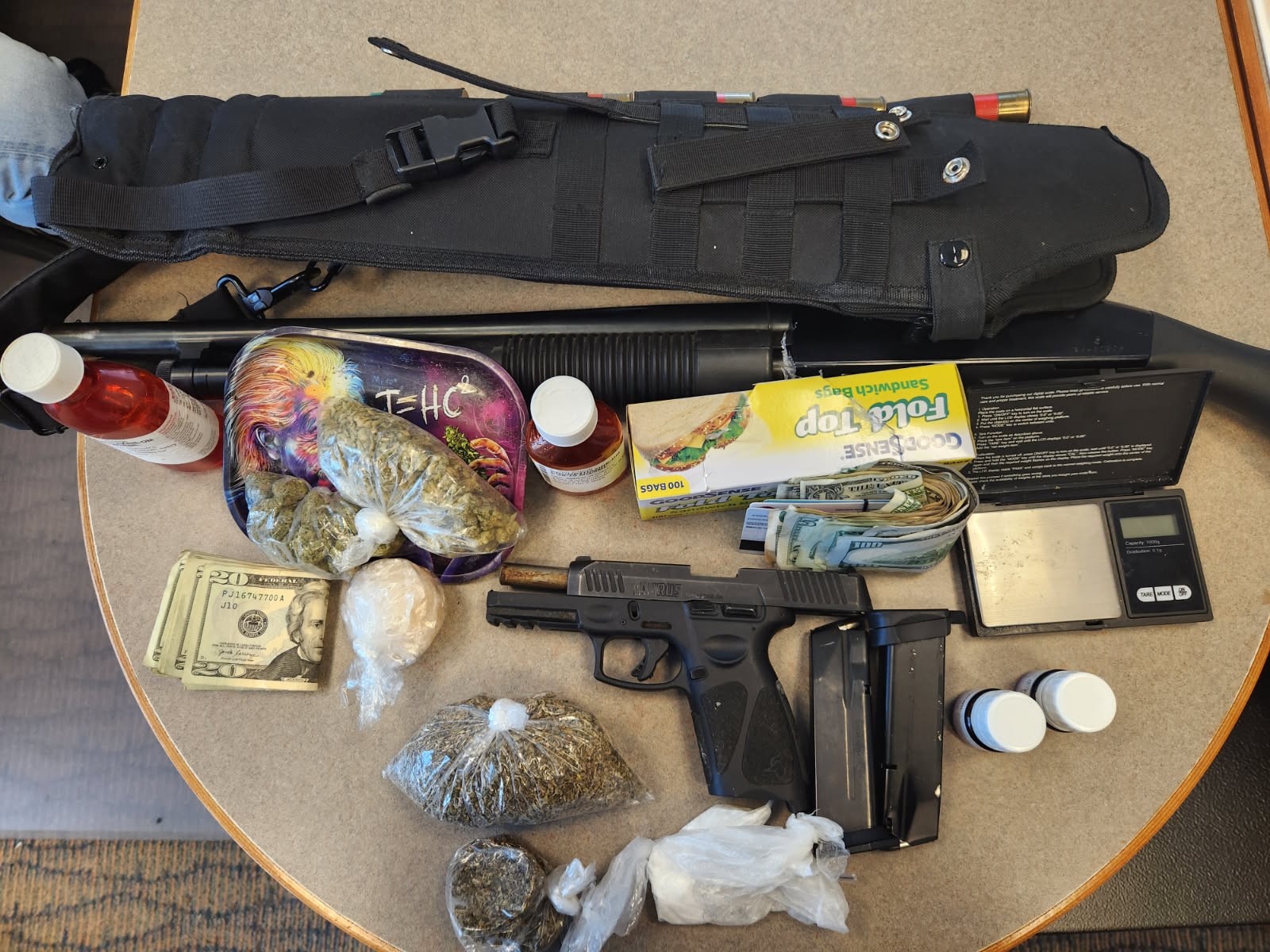Here is your garden checklist as March weather changes near
Published 12:06 am Thursday, February 24, 2022

- Texas bluebonnets image courtesy AgriLife Today
|
Getting your Trinity Audio player ready...
|
Another season is coming to an end and very soon winter will be nothing more than a fading memory for us all.
As spring nears, each passing day becomes slightly warmer, though we may still have an occasional cool night. Our last anticipated frost date is around March 10.
Our local soil temperature remains too cold to plant tomatoes and peppers just yet, so wait until after the last anticipated frost date. Now is a great time to complete the following gardening tasks.
Trending
Plant window boxes and containers
Use showy annual flowers to brighten up your porch and patio for spring.
Angelonia, dusty miller and violas are but a few good options. Start hanging baskets of petunias, ferns and others for another dimension in landscape color.
One attractive begonia plant can yield several others through careful rooting of stem cuttings. Try placing your cuttings in a plastic cup with holes in the bottom filled with moist vermiculite.
Keep it moist and in 4-6 weeks you will have a rooted cutting.
Prune and fertilize
Trending
Pruning of evergreens and summer flowering trees and shrubs should be completed by the end of March. Prune spring flowering trees and shrubs, azaleas, redbuds, dogwoods, as soon as they finish blooming.
If more than a month after blooming, wait until next year as the plant is already setting its blooms for next season. Fertilize plants by applying three pounds of azalea-camellia fertilizer per 100 square feet of bed area.
Check mulch on azalea and camellia beds and add where needed.
Divide summer-and-fall-blooming perennials
Divide fall-blooming perennials and ornamental grasses to allow them time to be well established by fall. Dig up large clumps of perennials, such as day lilies, asters, mums and salvia.
Divide into smaller clumps and replant or share with neighbors. This is a great way to invigorates plants!
Plant warm-weather vegetables
Plant tomatoes, peppers, squash, beans, and corn for late spring harvests. Be sure to “harden off” seedlings started inside by moving them outside into a shady area and gradually increasing sun exposure until the young plants can withstand the full effects of wind and sun.
It would be best to wait until mid-month or later before planting in the ground, giving the soil time to warm up. Don’t be in a hurry to set out young pepper plants. Wait until the temperatures seem to be settled with nighttime temperatures above 60℉.
Often, tomato and pepper plants started outdoors from seed will grow so quickly they will catch up with commercial plants in size within a few weeks. For many gardeners, this is the only way to obtain rare or heirloom varieties.
Plant summer-blooming bulbs
Summer flowering bulbs, such as cannas, dahlias, and gloriosa lilies, can also be planted now. Plant dahlia tubers in fertile, well-drained soil.
Select and order caladium tubers as well as coleus plants for late April and early May planting. Do not plant caladiums until soil temperature reaches 70°F, typically during the first couple of weeks in May.
Lawn Care
Mow lawns now with blade height adjustment about an inch lower than normal but do not scalp your lawn. This will remove winter-damaged leaves and clears the way for new growth.
Apply compost to your lawn this month. Compost can be purchased pelletized which spreads easily. Wait until April to fertilize.
Monitor trees, Plant annuals and Mulch
Monitor fruit, nut and citrus trees for insects, pests and disease. Add mulch to flower and vegetable beds now to help conserve moisture for the summer months.
Plant annuals mid to late March for color when your perennial and natives stop blooming. Place plants about 4 inches apart for good bloom coverage. Cut back dead foliage on ornamental grasses only if you see new grow starting.
If you plan to make garden changes do so now before plants start actively growing. Fertilize roses every 4 to 6 weeks now through September. Begin moving houseplants outside toward the end of the month, remove dead leaves and fertilize. Repot if necessary.
Please note the Orange County Master Gardeners’ annual Bloomin’ Crazy plant sale is March 12 between 8 a.m. and 1 p.m. at Cormier Park, 8235 FM 1442 in Orangefield, located between the railroad tracks and St. Helens’ Catholic Church.
We have a huge variety of plants for Southeast Texas with many Texas Superstars, numerous varieties of bedding and flowering plants, vegetables & herbs, shrubs and trees including citrus, berries, figs, and avocados.
Tickets will be provided on a first come first served basis. The number of people allowed in at a time will be limited to accommodate social distancing.
For more information or to have all your gardening questions answered, contact the Orange County Master Gardeners: Website: https://txmg.org/orange Facebook: Orange County Texas Master Gardeners Association Helpline: (409) 882-7010 Email: extension@co.orange.tx.us.






